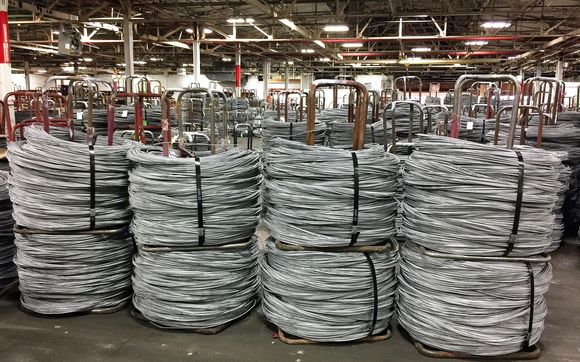Cold Heading Quality Steel Wire
Cold Heading Steel Wire is a specially processed wire used primarily in the manufacturing of fasteners like bolts, screws, nuts, and rivets through a cold forming (or cold heading) process. This process shapes the metal at room temperature using high pressure rather than heat, which preserves the material’s strength and integrity.
🔧 Key Features of Cold Heading Steel Wire:
High Ductility: Allows the wire to be deformed without cracking.
Tight Tolerances: Essential for forming precise fastener shapes.
Clean Surface Finish: Often coated with phosphate, lime, or other lubricants for smoother heading.
Consistent Mechanical Properties: For uniform forming behavior.
Good Cold Workability: The wire must maintain strength while being plastically deformed.
📦 Common Grades Used:
Grade Type Application Notes
C1006 Low Carbon Steel Good formability, used for small parts
C1010 Low Carbon Steel General-purpose fasteners
C1022 Medium-Low Carbon Steel Ideal for self-tapping screws
C1038 Medium Carbon Steel More strength, less ductile
10B21 Boron Alloy Steel Good hardenability for heat-treated parts
4037 Alloy Steel High strength & toughness
🏭 Industries That Use It:
Automotive (engine and body fasteners)
Construction (anchors and bolts)
Electronics (tiny screws and pins)
Aerospace (specialized fasteners)
General manufacturing
🔍 Cold Heading Process Overview:
Wire Drawing: Steel is drawn into precise diameters.
Surface Treatment: To enhance lubricity and remove oxides.
Cold Heading/Forming: Wire is cut and shaped using dies at high speed.
Secondary Operations (if needed): Heat treating, thread rolling, coating.

